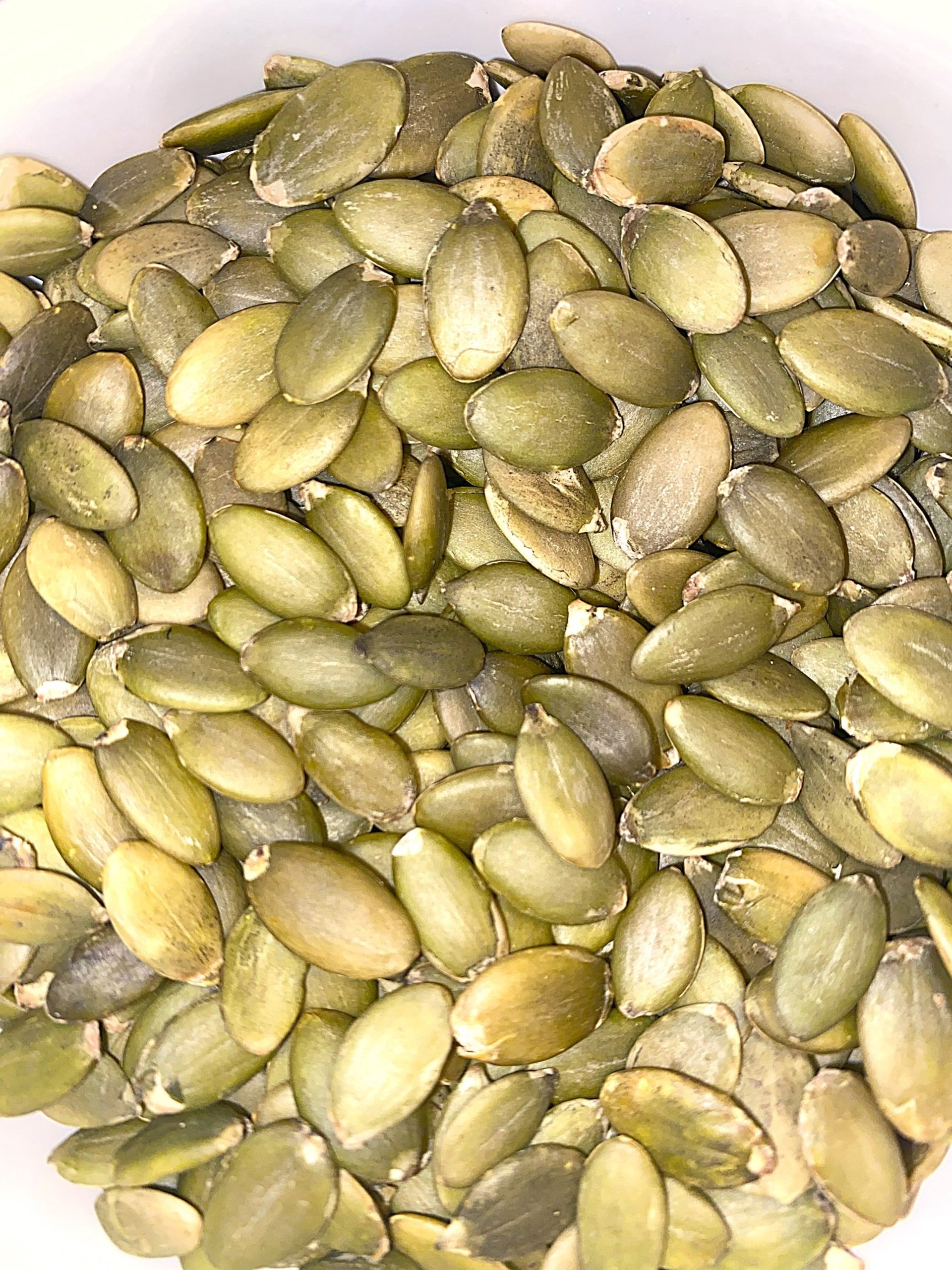
Estrogen: The Hormone of Feminine Vitality
mysvrnce
3/17/20253 min read
Estrogen is a deeply nurturing force within a woman’s body, shaping everything from her mood and energy to her radiant skin and reproductive health. It flows like a gentle tide, rising and falling through the seasons of life—guiding young women through the rhythms of their cycles and offering wisdom to those embracing the beauty of menopause. By understanding and supporting this vital hormone, you can create harmony within your body and feel truly at home in yourself.
In this post, we’ll explore:
The function of estrogen
Its natural fluctuations throughout life
Common imbalances
How it affects emotional regulation
The best herbs and food supplements to support optimal levels
What Does Estrogen Do?
Estrogen is primarily produced in the ovaries (and in smaller amounts by the adrenal glands and fat cells). It plays a crucial role in:
Menstrual Cycle Regulation: Estrogen thickens the uterine lining in preparation for pregnancy.
Bone Health: Helps maintain bone density and prevents osteoporosis.
Brain & Mood Support: Regulates serotonin and dopamine, affecting mood and emotional stability.
Skin & Hair Health: Supports collagen production for youthful skin and strong hair.
Heart Health: Helps keep arteries flexible and supports blood circulation.
Metabolism & Weight Maintenance: Influences fat distribution and insulin sensitivity.
Estrogen Fluctuations: Peaks & Valleys
Estrogen isn’t static—it fluctuates throughout a woman’s life and even within each menstrual cycle.
During the Menstrual Cycle:
Follicular Phase (Days 1-14): Estrogen levels rise, peaking just before ovulation. You may feel more energized and mentally sharp.
Ovulation (Day 14): Estrogen hits its highest point, boosting libido, skin glow, and mood.
Luteal Phase (Days 15-28): Estrogen declines while progesterone rises. If estrogen drops too quickly, PMS symptoms like mood swings, bloating, and fatigue may occur.
Menstruation (Days 1-5): Estrogen is at its lowest, contributing to fatigue and a need for rest.
Throughout a Woman’s Life:
Puberty: Estrogen surges, triggering breast development and the start of menstruation.
Reproductive Years: Estrogen fluctuates with the cycle but remains high.
Perimenopause (40s-50s): Estrogen starts declining unpredictably, leading to irregular cycles and symptoms like hot flashes, mood swings, and weight gain.
Menopause (50+): Estrogen drops significantly, leading to vaginal dryness, bone loss, and metabolic changes.
Top 10 Signs of Estrogen Imbalance
When estrogen is too high or too low, it disrupts many bodily functions.
Signs of High Estrogen (Estrogen Dominance):
Heavy or painful periods
Breast tenderness
Mood swings or anxiety
Weight gain (especially around hips and thighs)
Fibroids or cysts
Signs of Low Estrogen:
Irregular or absent periods
Vaginal dryness or low libido
Depression or difficulty concentrating
Brittle bones or joint pain
Hot flashes or night sweats
How Estrogen Regulates Emotions
Estrogen directly influences brain chemistry, particularly serotonin (the “happiness hormone”) and dopamine (the “motivation hormone”). When estrogen levels are optimal, women tend to feel:
Emotionally balanced
Creative and mentally sharp
Social and outgoing
When estrogen dips (like before menstruation or during menopause), women may feel:
Irritable or anxious
Depressed or unmotivated
Fatigued or mentally foggy
This explains why some women experience PMS or mood swings when estrogen is low.
Top 5 Herbs to Support Estrogen Balance
Maca Root – Supports the endocrine system and boosts estrogen naturally.
Shatavari – A powerful Ayurvedic herb for hormonal balance and reproductive health.
Chasteberry (Vitex) – Helps regulate estrogen and progesterone balance, especially for PMS.
Black Cohosh – Supports estrogen balance, especially for menopausal symptoms.
Dong Quai – Known as “female ginseng,” it supports menstrual and menopausal balance.
Top 5 Food Supplements for Estrogen Health
Flaxseeds – Rich in lignans, which support balanced estrogen levels.
Fermented Soy (e.g., Miso, Tempeh) – Provides phytoestrogens that gently support estrogen in a balanced way.
Pumpkin Seeds – High in zinc, which supports progesterone and estrogen balance.
Seaweed (e.g., Kelp, Nori) – Supports thyroid function, which is linked to estrogen metabolism.
Cruciferous Vegetables (Broccoli, Kale, Brussels Sprouts) – Help detox excess estrogen from the body.
Estrogen Support for Menopausal Women
During menopause, estrogen levels decline permanently, leading to:
Hot flashes and night sweats
Vaginal dryness and low libido
Bone loss and joint stiffness
Slower metabolism and weight gain
How to Support Estrogen Naturally in Menopause
Phytoestrogens – Incorporate flaxseeds, fermented soy, and sesame seeds.
Herbs – Black cohosh, red clover, and maca help ease symptoms.
Collagen & Bone Support – Consume bone broth, vitamin D, and magnesium.
Liver Detoxification – Support estrogen metabolism with cruciferous veggies and dandelion root.
Stress Management – Estrogen and cortisol (the stress hormone) are linked. Breathwork, meditation, and gentle movement like yoga or walking help regulate both.
Final Thoughts
Estrogen is a beautiful, life-giving force that weaves through every stage of womanhood, but like all things in nature, it thrives in balance. Whether you’re flowing through your reproductive years or embracing the wisdom of menopause, nurturing your estrogen with loving care—through nourishing foods, gentle herbs, and mindful living—can bring vibrancy, emotional harmony, and deep well-being to your body and soul.
Medical Disclaimer: The information provided in this article is for educational and informational purposes only and is not intended as medical advice. This detox protocol is not a substitute for professional medical diagnosis, treatment, or guidance. If you have any underlying health conditions, are pregnant or nursing, or take prescription medications, please consult your healthcare provider before beginning any detox program.
